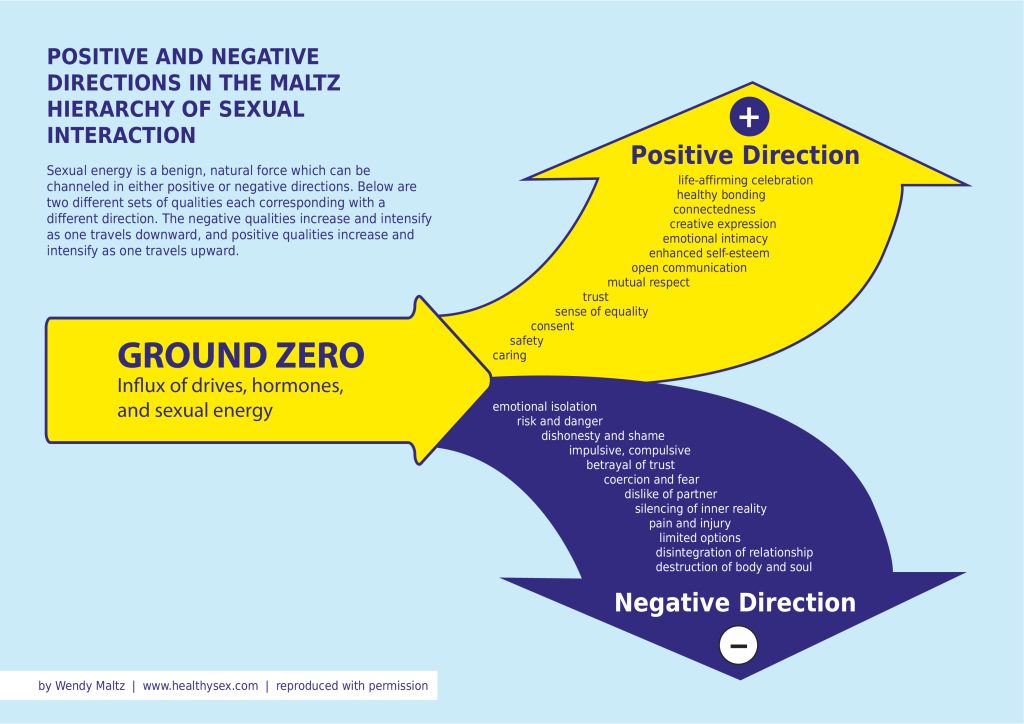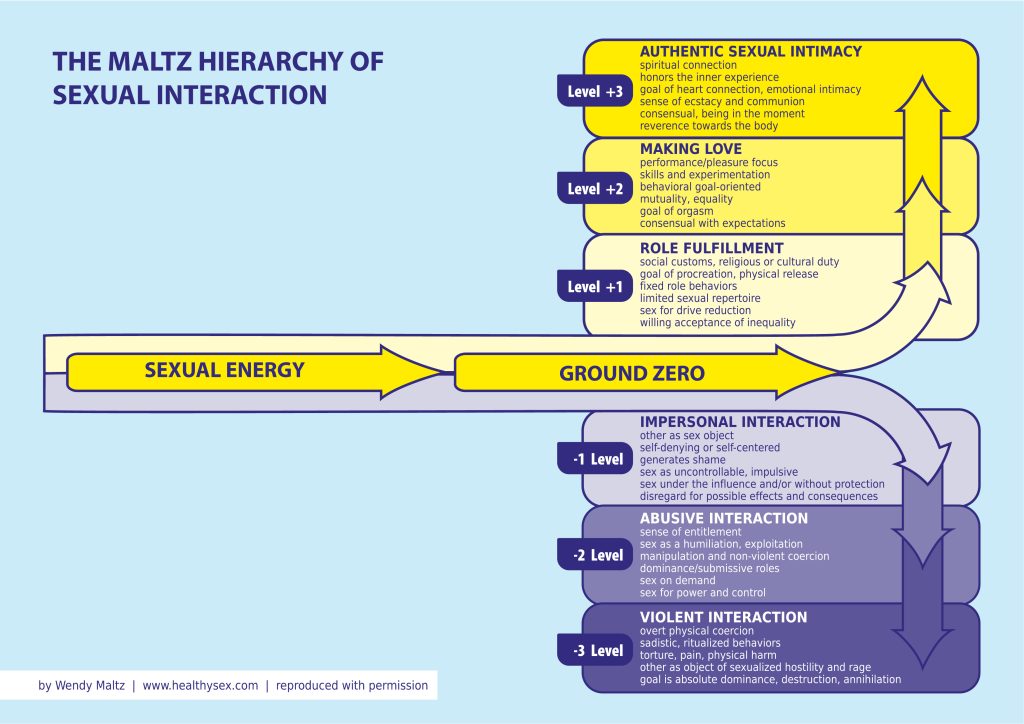You can learn more about healthy sexuality through discovering what other therapists, writers, and sexual health advocates have said about it.
Here are some of Wendy’s favorite quotations on sex and love:
Only the united beat of sex and heart together can create ecstasy. – Anais Nin
Nothing is sexier than the naked mind–nothing more seductive than the inventive imagination. – Michael Grosso
The flower, the sky, your beloved, can only be found in the present moment. –Thich Nhat Hanh
An embrace should fill the heart as well as the arms. – Hugh & Gail Prather
Sexual love is the most stupendous fact of the universe, and the most magical mystery our poor blind senses know. – Amy Lowell
Good sex begins when your clothes are still on. – William Masters & Virginia Johnson
To climb to the heights, sex education is not enough. We need to learn how to love. – Joseph & Lois Bird
Our organic drives and urges are never separable from the search for meaning and the quest for communion. – James Nelson
Sexual love is socially responsible; nurturing the fabric of the larger community to which the lovers belong. – James Nelson
Sexual love is joyous; it is exuberant in its appreciation of love’s mystery and life’s gift. – James Nelson
Sex is more than sensation and is within life rather than outside or apart from other experiences. – C. Leon Hopper
The sacred meaning of sexuality is not located in sexuality itself, but rather in human mutuality. . .Sexuality is a mode in which mutuality is expressed. – John Buehrens
The reason people sweat is that they won’t catch fire making love. – Don Rose
Never be ashamed of passion. If you are strongly sexed, you are richly endowed. – Margaret Sanger














